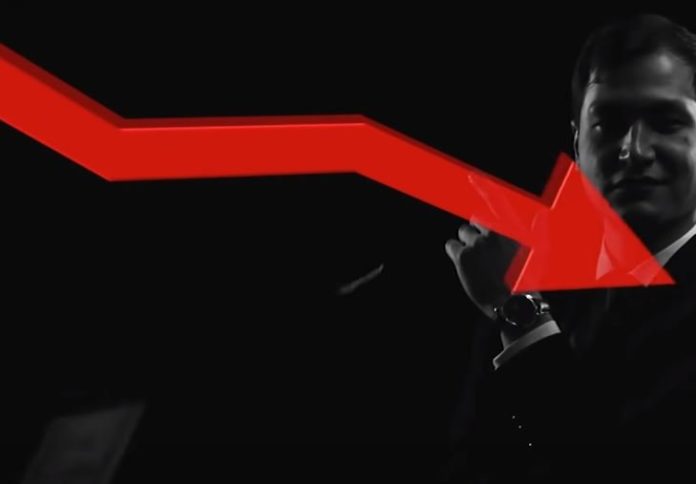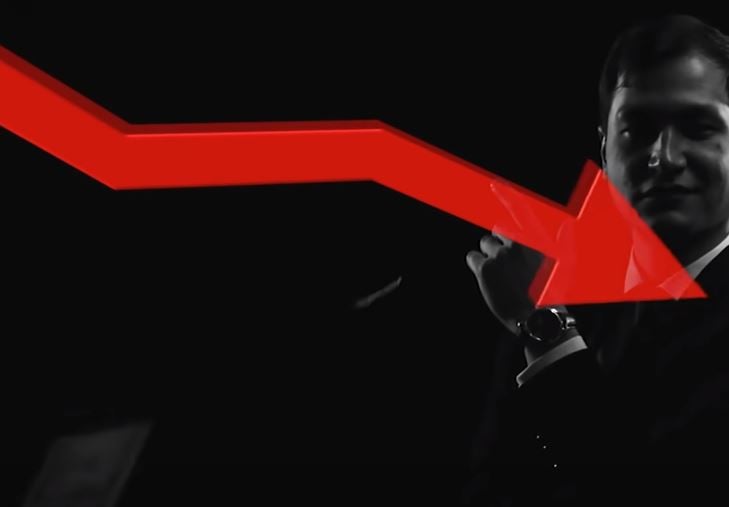The Dow Jones and S&P 500 are looking at their worst start to a year since 1970.
The Nasdaq is having its worst start ever.
The Dow high for the year was on January 4th:
High 36799.65 on Jan 4, 2022
Low 31253.13 on May 19, 2022
Analysts blame the Pelosi-Biden inflation burden, the Federal Reserve that is afraid to act to reduce inflation, and the war in Ukraine.
Market Watch reported:
Wednesday will mark the 100th trading day of 2022, a year that will likely be remembered for its historic market turbulence as the megacap tech stocks that had dominated the market for so long collapsed in what has been the most punishing retrenchment since the dot-com bust.
And with stocks mired deep in the red once again following a painfully short-lived bounce, the main U.S. benchmarks on Wednesday were set to finalize what has been among the worst starts to a year in market history.
According to Dow Jones Market Data, the S&P 500 SPX, 0.01% and the Dow Jones Industrial Average DJIA, -0.28% are on track for the worst first 100 trading days since 1970. And for the Nasdaq-100 NDX, 0.30%, it’s the worst ever.
After years of outperformance, the Nasdaq COMP, 0.35% has traded essentially straight lower for the last two months, losing nearly a quarter of its value with only a handful of brief but powerful rallies breaking up the relentless selling. Since March, the index has seen five countertrend rallies of 4% or more, according to Matt Weller, a market technician who studies near-term technical trends.
Analysts have blamed all the usual suspects: the inescapable burden of inflation, which taxes a company’s future earnings, cheapening their value in the present. The hawkish Federal Reserve, which has been content to stand back and refrain from intervening to try to slow or reverse the bloodletting. And of course the war in Ukraine, which has contributed to higher food and energy prices, and shutdowns in China, which has wreaked more havoc on fragile global supply chains.



